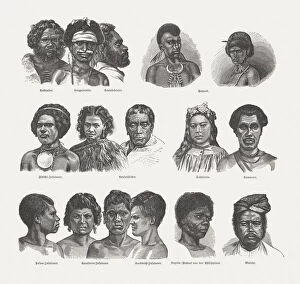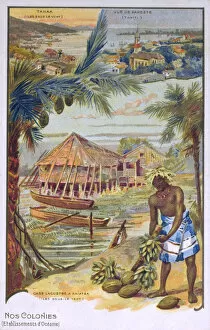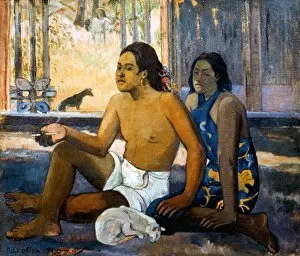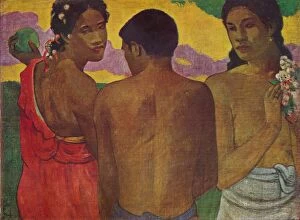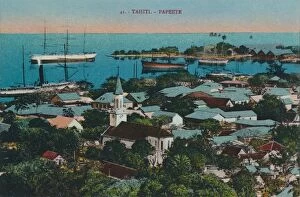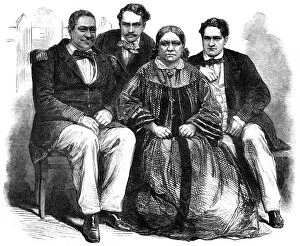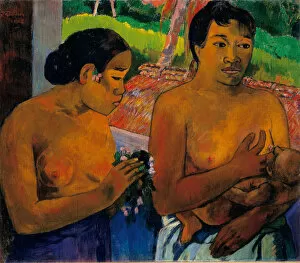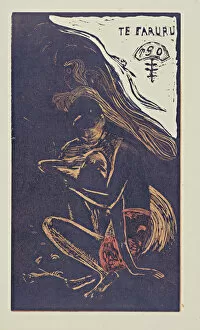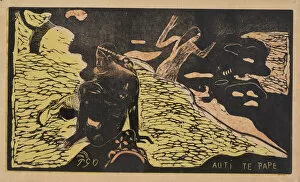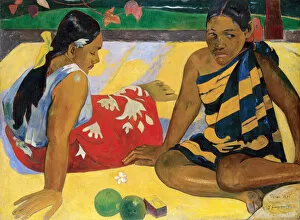Tahitian Collection (#8)
"Exploring the Enchanting World Beauty and Culture" Immerse yourself in the vibrant world art with masterpieces like "Gauguin: Tahiti Women, 1891
For sale as Licensed Images
Choose your image, Select your licence and Download the media
"Exploring the Enchanting World Beauty and Culture" Immerse yourself in the vibrant world art with masterpieces like "Gauguin: Tahiti Women, 1891. " Paul Gauguin's mesmerizing oil on canvas captures the allure and grace women as they bask on sandy beaches. The scent of Gardenia taitensis, also known as the Tahitian gardenia, fills the air, transporting you to this tropical paradise. Its delicate white petals symbolize purity and beauty, just like Gauguin's brushstrokes. In "Gauguin: Painting, 1897, " we delve deeper into Gauguin's artistic journey. The masterpiece "Where Do We Come From / What Are We / Where Are We Going" invites contemplation about life's existential questions amidst a lush Tahitian landscape. Another captivating work is "Gauguin: Arearea, 1892. " This vivid oil painting titled "Arearea (Red Dog)" showcases Gauguin's fascination with Polynesian culture through bold colors and dynamic compositions. Witness the equestrian elegance in "Riders on the Beach, 1902, " where riders gallop along pristine shores against a backdrop of turquoise waters. It encapsulates both freedom and harmony within nature. Gauguin's portrayal of women continues to captivate us in works such as "Two Women" (1901 or 1902) and "Two Tahitian Women" (1899). These paintings celebrate femininity while showcasing their unique cultural identity. Experience traditional dances through Gauguin’s depiction in “Habit of a Young Woman of Otaheite Dancing, ” capturing the energy and rhythm that define this rich heritage. Venturing beyond visual arts, let your imagination wander to exotic landscapes depicted by artists like Camel/Travel/Bridge in 1924. Explore distant lands reminiscent of Gauguin's Tahiti, where new adventures await.



